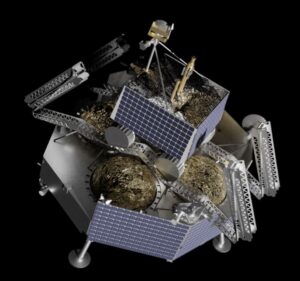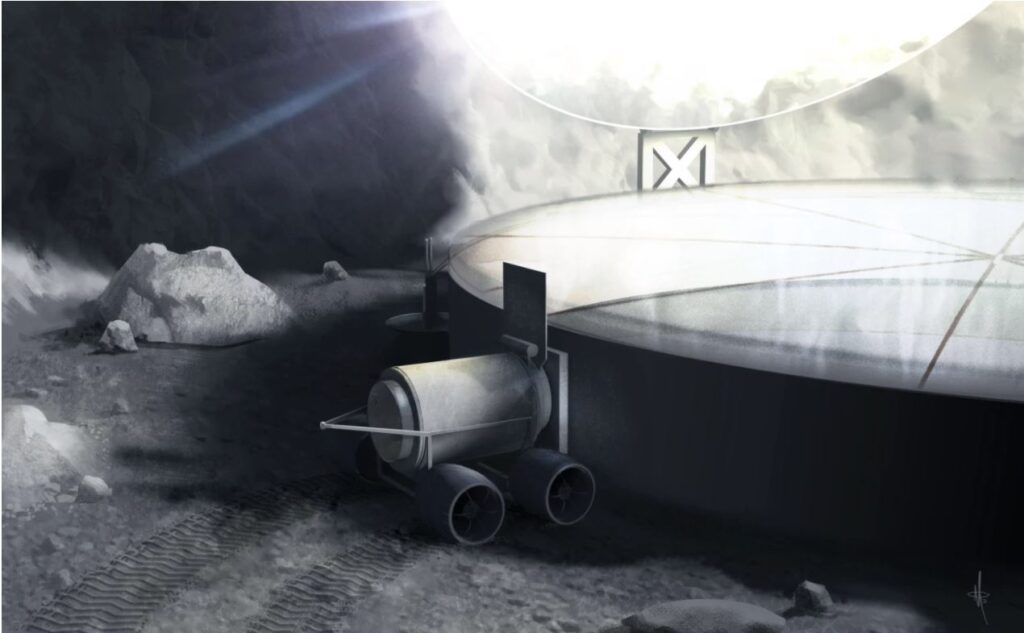
It has been an enduring mystery why the side of the Moon facing the Earth is marked by large dark patches, called maria (or seas, as they once were thought to be) but the far side has very little. Thirty-one percent of the near side consists of maria, but the dark side has only one percent. The maria, which are vast plains of basalt, most likely were formed by volcanic activity early in the Moon’s history.
But why the disparity between the near side and the far side? Scientists think that a clue resides in the distinctive characteristics of the rock. Based on samples that Apollo astronauts brought home from the maria, scientists found that the rock had a unique signature, which they named KREEP — for the presence of potassium (chemical symbol K), rare-earth elements (which include cerium, dysprosium, erbium, europium and others), and phosphorous (chemical symbol P) — as well as uranium and thorium.
By melting KREEP rock in high-temperature experiments, scientists from Tokyo’s Earth‐Life Science Institute (ELSI), the University of Florida, the Carnegie Institution for Science, Towson University, NASA Johnson Space Center and the University of New Mexico think that radioactive decay of some of these elements released heat that could have influenced the timing and volume of volcanic activity.
According to Phys.Org, potassium, thorium and uranium are radioactively unstable elements. appearing in a wide variety of isotopes. When the atoms break down, they yield other elements and produce heat. The heat from this radioactive decay can melt the rocks they are contained in.
Says EKSI’s Matthieu Laneuville: “Because of the relative lack of erosion processes, the moon’s surface records geological events from the solar system’s early history. In particular, regions on the moon’s near side have concentrations of radioactive elements like U and Th unlike anywhere else on the moon. Understanding the origin of these local U and Th enrichments can help explain the early stages of the moon’s formation and, as a consequence, conditions on the early Earth.”








